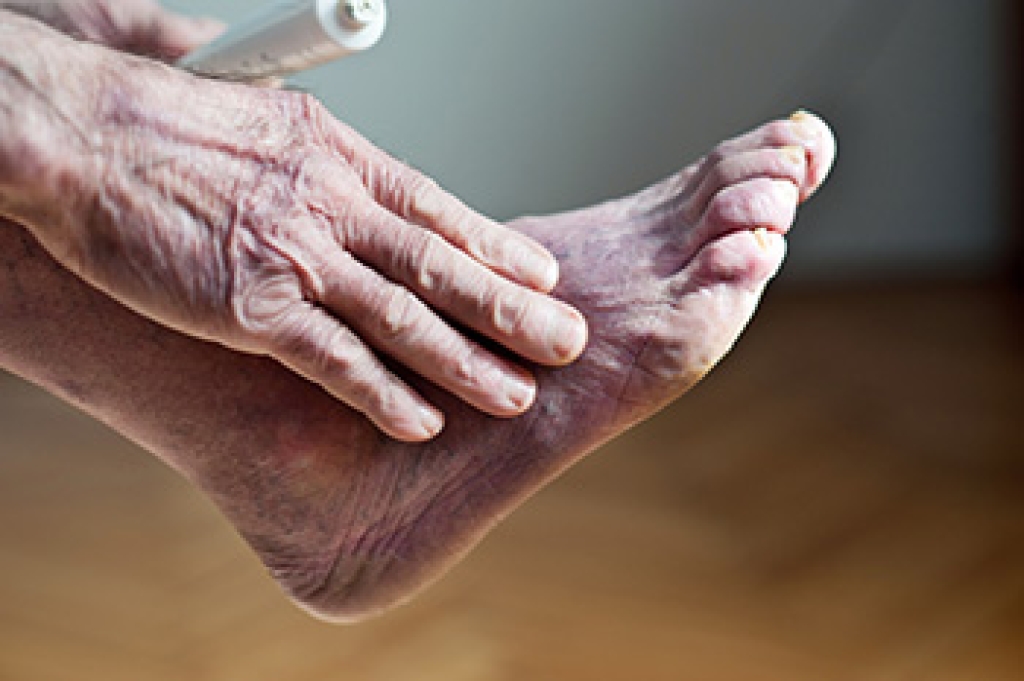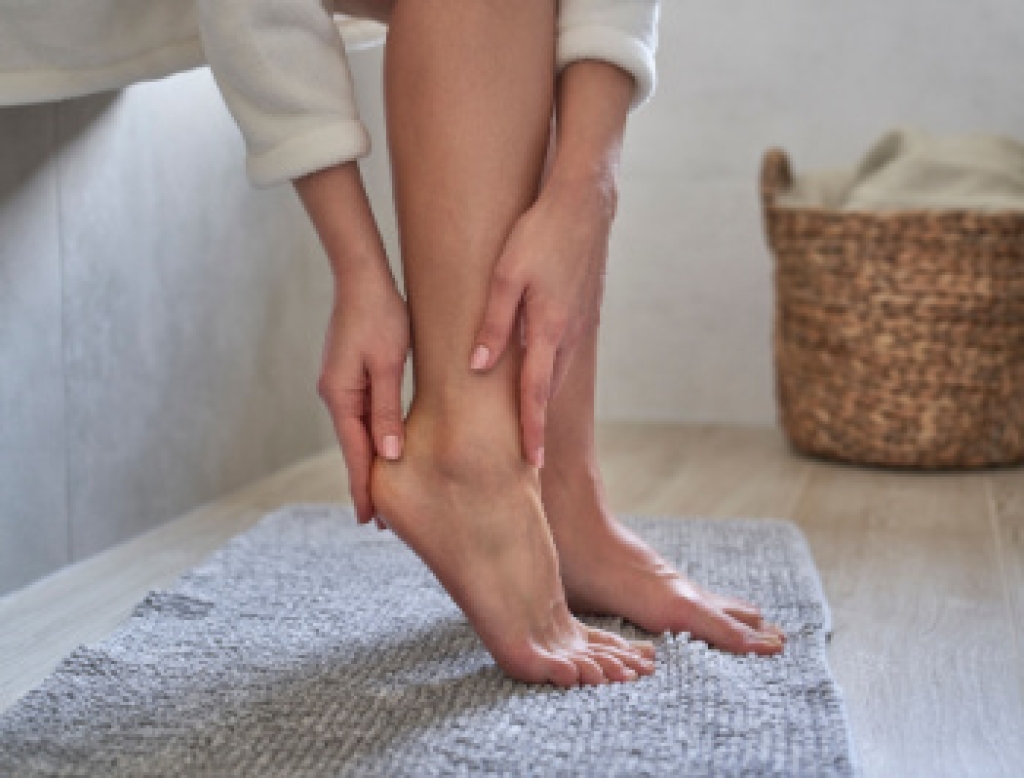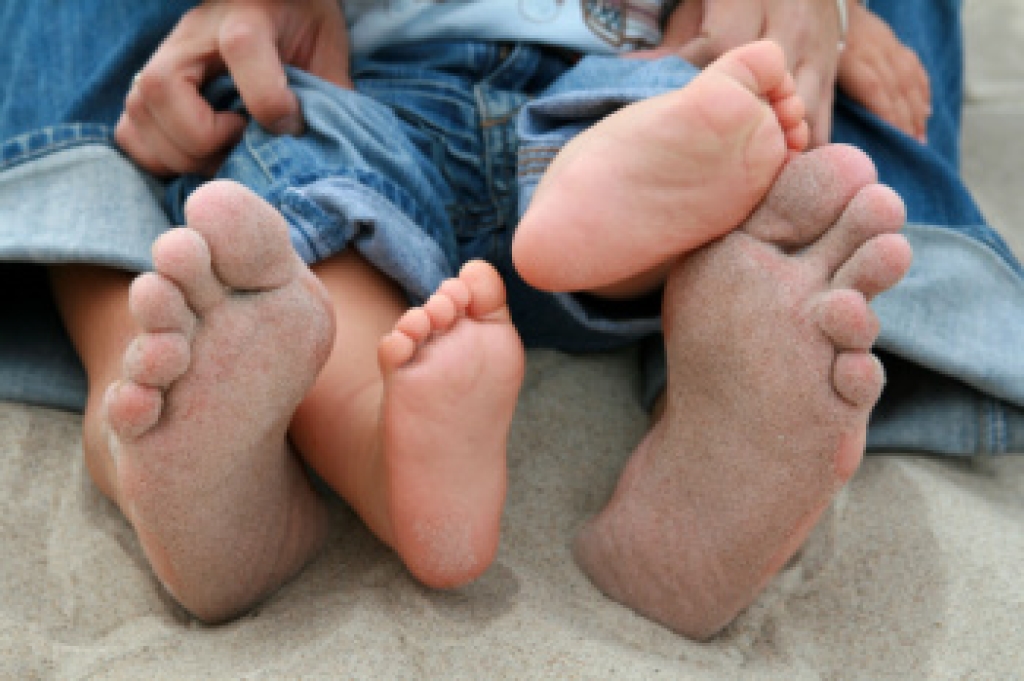
Poor foot circulation can stem from various underlying factors, impacting the flow of blood to your feet and leading to discomfort and other symptoms. One common cause is peripheral artery disease, or PAD, which occurs when arteries become narrowed or blocked, restricting blood flow to the extremities. Diabetes can also contribute to circulation issues, as high blood sugar levels can damage blood vessels over time. Additionally, conditions like obesity, high blood pressure, and smoking can exacerbate circulation problems by further constricting blood vessels. Symptoms of poor foot circulation may include cold feet, numbness or tingling, swelling, cramping, and slow-healing wounds. If left untreated, these symptoms can escalate into more serious complications, such as ulcers or infections. It is vital to address the root cause of poor circulation through lifestyle changes or medication. If you are experiencing any of the above symptoms, it is suggested that you consult a chiropodist who can successfully treat poor circulation.
Poor circulation refers to a lack of adequate blood flow in the body. The feet and ankles are frequently affected by poor circulation. If you have symptoms of poor circulation, please consult with one of the chiropodists from The Footcare Centre. Our chiropodists can help you maintain the health of your lower limbs and your mobility.
What causes poor circulation?
Poor circulation is typically caused by a buildup of a fatty substance called plaque in the arteries that supply the lower limbs. When plaque accumulates, it causes the blood vessels to narrow and harden, making it harder for blood to move through them. Without an adequate blood supply, the lower limbs do not receive enough oxygen and nutrients to stay healthy. This can produce a variety of symptoms, especially as the condition progresses.
For some people, there are no noticeable symptoms. If symptoms do arise, they can include
- Muscle cramps
- Weakness
- Fatigue
- Pain that gets worse with physical activity
- Balance problems
- Difficulty walking
- Wounds that heal poorly
- Hair loss
- Discoloration
- Coldness
Other causes of poor circulation include blood clots, varicose veins, diabetes, obesity, and Raynaud’s disease.
Screening
Your chiropodist can perform a variety of simple, safe, and noninvasive screenings to assess the circulation in your lower limbs. One common vascular test is the Ankle-Brachial Index (ABI) test. During an ABI, the chiropodist measures your blood pressure in your arms and ankles and compares the two numbers to derive a ratio. The ratio is then used to determine your risk of having poor circulation. Another screening measure is a Doppler ultrasound, where sound waves are used to image the blood flow in the lower limbs.
Who is at risk?
Those most at risk of having poor circulation are older adults and people with a personal or family history of cardiovascular disease. If you are at risk, it’s suggested that you schedule an appointment with a chiropodist.
If you have any questions, please feel free to contact our office located in . We offer the newest diagnostic and treatment technologies for all your foot care needs.




